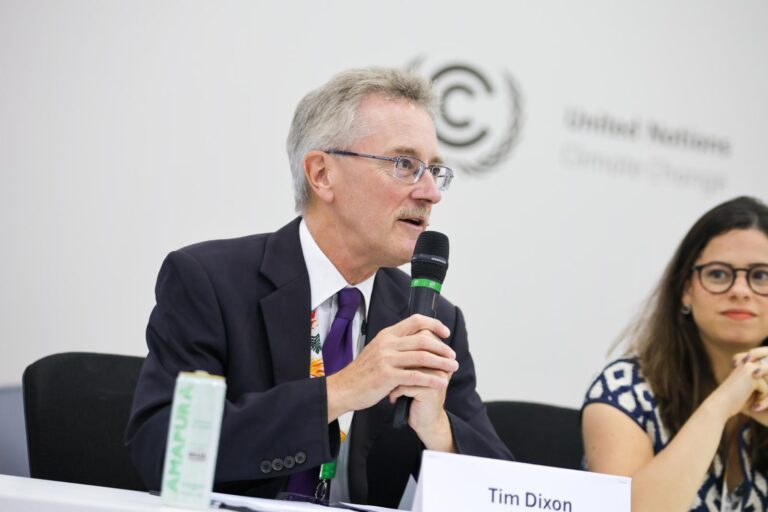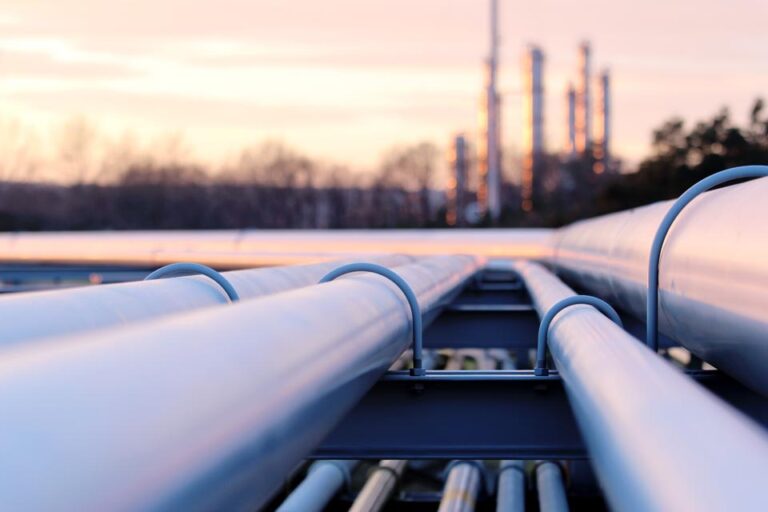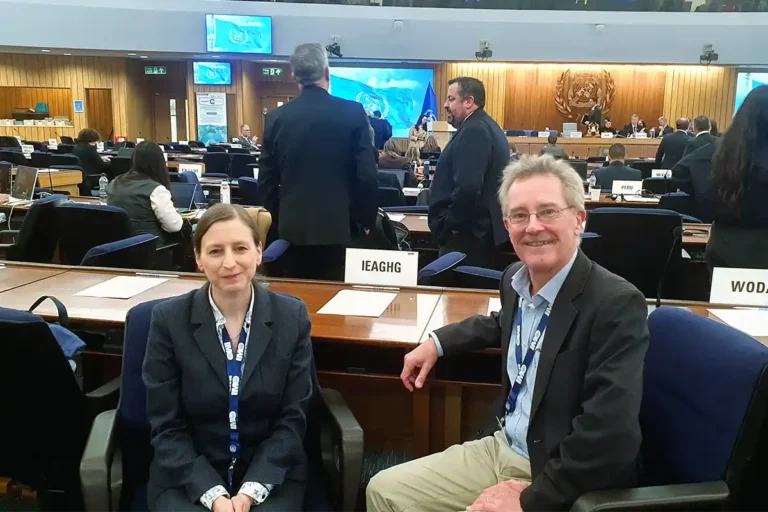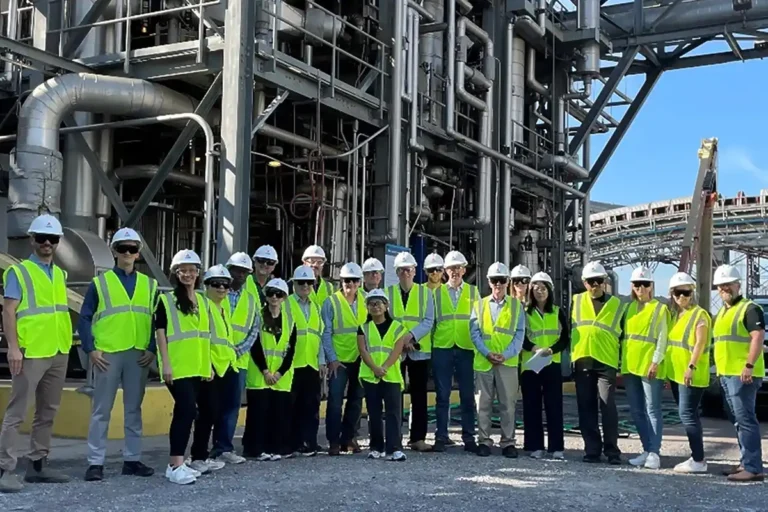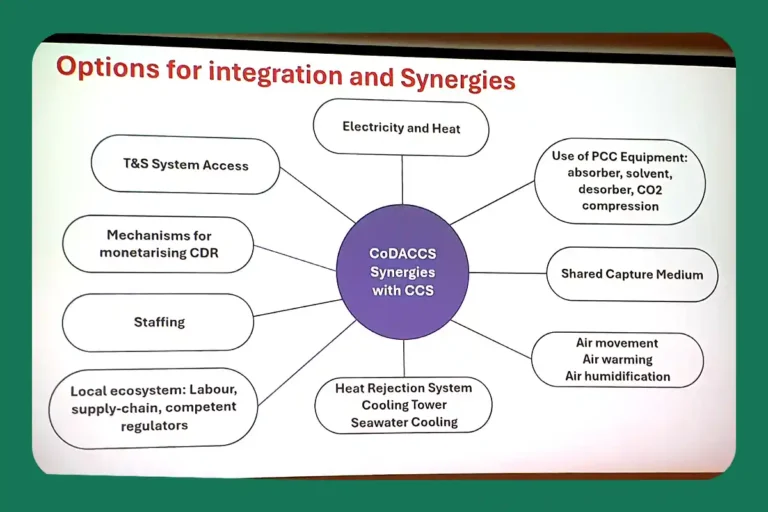
Birds and CCS compared to other Low-Carbon Energy Technologies
27 July 2023

This year, I have been reflecting on the locations of potential new CCS projects, and I am considering their impacts in areas of bird sensitivity and conservation. We know that every low-carbon energy technology has some negatives, which are balanced by the benefits of reducing CO₂ emissions. The impacts of wind farms on birds for example are well studied and documented, such that bird impacts can be quantified to being on average 1.46 deaths per GWh. And despite some negative press (even some misinformation) these are accepted by society as reasonable impacts for the climate benefits gained. For comparison, the bird impacts for nuclear power have been quantified at around 0.07 deaths per GWh.
At a local level in England, I was asked to look into the impacts of utility-scale solar PV farms, particularly in proximity to a bird reserve. The local population were concerned that there may be bird impacts, but even with the large-land footprint at a typical solar farm, eg 2MW needs approximately 8 hectares, there is no evidence of impacts from the literature from the operation of such solar farms, just some knowledge gaps for example on the displacement of ground-nesting birds of concern such as Skylarks and Curlew in the UK. With a large number of already operating solar farms, I would expect there to be evidence already of impact on birds if it was happening at any noticeable scale.
So then we have CCS, relatively newer than these other low-carbon technologies in large-scale deployment terms. I have visited the Texas coast several times. This is on the major bird migration route from South and Central America to North America. Many millions of birds take this route every spring and autumn (see Cornell migration forecast for an idea of the scale). This coast now also has many potential CO₂ storage sites. Certain parts of the same coast have high populations of oil-producing pumpjacks. We can see that these have a similar land footprint to the proposed CO₂ injection wells. With the pipelines buried, CO₂ injection wells would just need a few tens of square metres of pad, and maybe two metres height of well-head, less height than a pumpjack. I think this is a minimal land surface footprint, and certainly, from empirical observations of mine, birds are comfortable with pumpjacks and associated infrastructure, even using them as perches. There is also the possibility of the injection wells being offshore, so no wells and well pads onshore, although likely a pumping station instead.
As there appears to be little data for CO₂ injection sites (please let me know if you know of any) I looked at the environmental assessment for the Aquistore storage site in Saskatchewan in Canada, kindly provided by PTRC. This injection site stores some of the CO₂ from the Boundary Dam CCS project and has injected and safely stored some 500kt of CO₂ to date. This environmental assessment was produced prior to construction and included bird species at this grassland site. Our 2023 International CCS Summer School visited this site in July (mid-breeding season) and for interest, I informally surveyed the bird species during the visit. I’ve surveyed in the UK for 30 years for the British Trust for Ornithology so I’m happy to do this whether formally or informally as here. It was not a surprise that the same species identified before construction were still present, for example, Swainson’s Hawk, Western Kingbird, Eastern Kingbird, and Western Meadowlark.
From the Texas coast, many of the migrating birds, ranging from American White Pelicans, Red-winged Blackbirds, and Willets, in addition to the many smaller warblers, migrate up as far as Canada to locations such as Last Mountain Lake bird reserve in Saskatchewan, the Province of the Boundary Dam and Aquistore projects. There they breed because of the plentiful food supplies in the summer months, before returning south in the autumn. These migrating birds are facing increasing challenges due to climate change, such as variations in season timing, more extreme weather events, and increasing air and water temperatures causing changes in food availability, and we certainly don’t wish to add to their challenges with CCS projects. On reflection, after seeing the interaction of birds and pumpjacks, I feel very comfortable that we will not be adding to their challenges with CCS, because of the small land footprint of transport, injection and storage, and hence a minimal impact on birds and bird migration. In fact, we can see the benefits of CCS for birds in playing a significant role in reducing the major cause of climate change, CO₂.
In the USA, the main bird conservation organisation is Audubon. They have explicitly expressed their support for CCS in 2018 by joining the Carbon Capture Coalition. In the UK, the RSPB has a position on CCS which is generally supportive. As in the USA, this is relevant because the first two UK CCS clusters will transport offshore through coastal areas which are routes for bird migration.
So I hypothesise that we will find that CO₂ transport and storage has the lowest land footprint of low carbon energy technologies, and hence a minimal impact on birds. We do need to more rigorously assess this and then publish it for reference purposes, but I think we have a very positive message regarding birds and CCS.
References:
BirdCast – Bird migration forecasts in real-time
Project Proposal for the Aquistore Site (2011), Golder Associates for PTRC
Audubon Joins Carbon Capture Coalition | Audubon
RSPB Renewable Energy Campaign to Tackle Climate Change – RSPB
Other articles you might be interested in
Get the latest CCS news and insights
Get essential news and updates from the CCS sector and the IEAGHG by email.
Can’t find what you are looking for?
Whatever you would like to know, our dedicated team of experts is here to help you. Just drop us an email and we will get back to you as soon as we can.
Contact Us NowOther articles you might be interested in
Get the latest CCS news and insights
Get essential news and updates from the CCS sector and the IEAGHG by email.
Can't find what you are looking for?
Whatever you would like to know, our dedicated team of experts is here to help you. Just drop us an email and we will get back to you as soon as we can.
Contact Us Now


